New York Times Will Deliver One-Sentence News Stories To Apple WatchFrench startup StarOfService plans to provide a solid Thumbtack alternative for the rest of the world. To achieve this goal, StarOfService is opening its marketplace in 80 countries and just raised $1.2 million (€1.1 million) from Point Nine Capital, Kima Ventures, Oleg Tscheltzoff and other business angels.
When I talked with co-founder and CEO Lucas Lambertini, he doesn’t even hide that StarOfService is a Thumbtack copycat. If you look at the two homepages, the layout is exactly the same. StarOfService’s only innovation is that it is targeting new markets — and it’s working for now.
“We aren’t going to wait for our American competitor to bring its great innovation to the rest of the world,” Lambertini wrote in an email.
Here’s how StarOfService and Thumbtack work. These marketplaces help you find handymen, photographers, yoga teachers, interior designers and more. Yet, unlike with TaskRabbit and other directories, customers don’t have to waste time searching for different options for a job. Instead, they tell the platform exactly what they are looking for, and service providers have 24 hours to bid on the job. The client then receives multiple quotes, compares reviews and picks the right person. It is much faster for the client and supposedly more efficient as well.
As with every marketplace, there is a potential bottleneck if professionals aren’t actively interested in bidding for jobs on StarOfService. The company told me that it now handles 60,000 jobs per month and works with 190,000 professionals. It has mostly been focused on its home market for now, but is opening in Germany, the U.K., Italy, Spain, Russia, Brazil, Mexico and more.
But StarOfService is still a tiny competitor for Thumbtack. In August of last year, the American company raised $100 million in a round led by Google Capital. In February, Thumbtack told TechCrunch’s Colleen Taylor that it was facilitating $2 billion annually in services through its platform.
Thumbtack is only available in the U.S. for now. In other words, I hope that Thumbtack doesn’t expand to Europe any time soon, as the company has enough funding to crush the local competition. But StarOfService could also represent an interesting acquisition target for Thumbtack to drive its international expansion plans.
When I talked with co-founder and CEO Lucas Lambertini, he doesn’t even hide that StarOfService is a Thumbtack copycat. If you look at the two homepages, the layout is exactly the same. StarOfService’s only innovation is that it is targeting new markets — and it’s working for now.
“We aren’t going to wait for our American competitor to bring its great innovation to the rest of the world,” Lambertini wrote in an email.
Here’s how StarOfService and Thumbtack work. These marketplaces help you find handymen, photographers, yoga teachers, interior designers and more. Yet, unlike with TaskRabbit and other directories, customers don’t have to waste time searching for different options for a job. Instead, they tell the platform exactly what they are looking for, and service providers have 24 hours to bid on the job. The client then receives multiple quotes, compares reviews and picks the right person. It is much faster for the client and supposedly more efficient as well.
As with every marketplace, there is a potential bottleneck if professionals aren’t actively interested in bidding for jobs on StarOfService. The company told me that it now handles 60,000 jobs per month and works with 190,000 professionals. It has mostly been focused on its home market for now, but is opening in Germany, the U.K., Italy, Spain, Russia, Brazil, Mexico and more.
But StarOfService is still a tiny competitor for Thumbtack. In August of last year, the American company raised $100 million in a round led by Google Capital. In February, Thumbtack told TechCrunch’s Colleen Taylor that it was facilitating $2 billion annually in services through its platform.
Thumbtack is only available in the U.S. for now. In other words, I hope that Thumbtack doesn’t expand to Europe any time soon, as the company has enough funding to crush the local competition. But StarOfService could also represent an interesting acquisition target for Thumbtack to drive its international expansion plans.
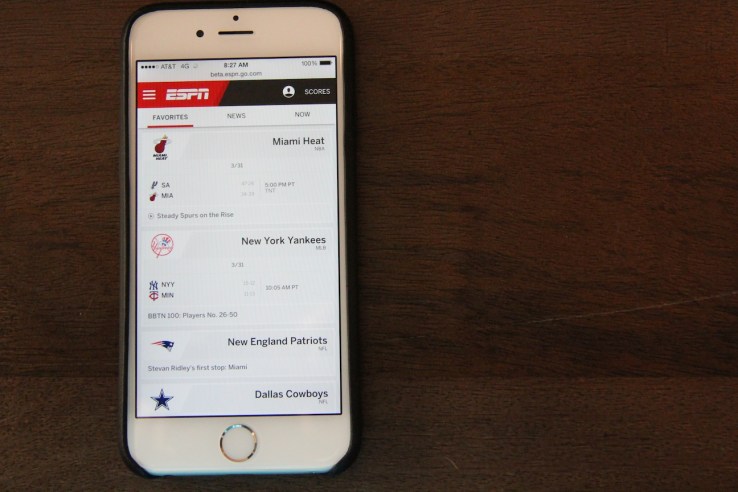 Tomorrow, ESPN is launching a major redesign to an experience that has basically gone unchanged since its previous redesign in 2009.
Tomorrow, ESPN is launching a major redesign to an experience that has basically gone unchanged since its previous redesign in 2009. For ESPN, that’s already built into its development process. ESPN has already launched on Snapchat and last week launched on Facebook Messenger. Much of the experience is centered around content in the form of cards, which can be resized or delivered to multiple different platforms — hardware or software.
For ESPN, that’s already built into its development process. ESPN has already launched on Snapchat and last week launched on Facebook Messenger. Much of the experience is centered around content in the form of cards, which can be resized or delivered to multiple different platforms — hardware or software. Data analysis often involves looking at a large set of pretty uniform, well-structured data. But as companies continue to gather more electronic documents in all kinds of forms (and formats), those traditional techniques don’t work anymore. Companies like Palantir and IBM (with Watson) are now making it easier for data scientists and technical users to query unstructured textual information and the newest player in this field is Sensai, which is officially coming out of stealth and launching today.
Data analysis often involves looking at a large set of pretty uniform, well-structured data. But as companies continue to gather more electronic documents in all kinds of forms (and formats), those traditional techniques don’t work anymore. Companies like Palantir and IBM (with Watson) are now making it easier for data scientists and technical users to query unstructured textual information and the newest player in this field is Sensai, which is officially coming out of stealth and launching today.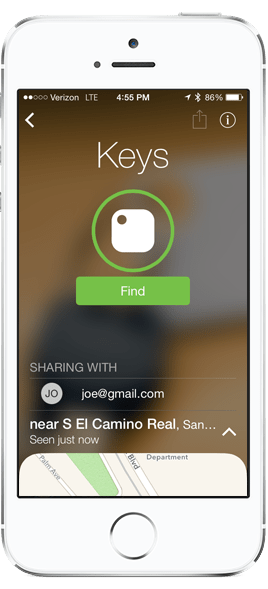
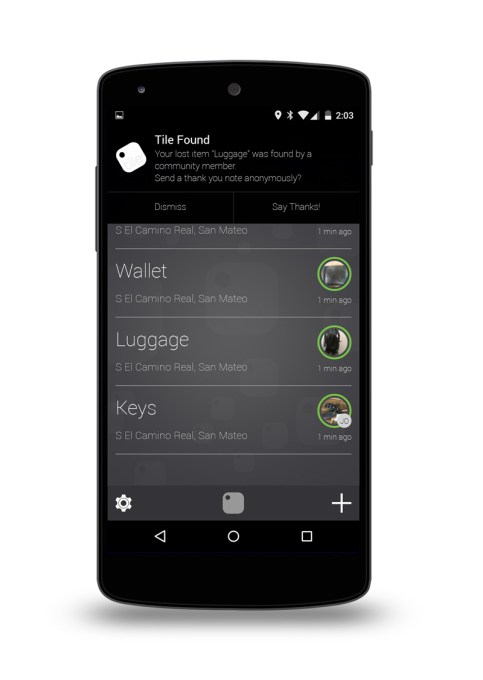
 Okay, the bike thing probably isn’t true but Postmates co-founder and CEO Bastian Lehmann will join us on stage at TC Disrupt New York in May.
Okay, the bike thing probably isn’t true but Postmates co-founder and CEO Bastian Lehmann will join us on stage at TC Disrupt New York in May. Editor’s note: Max Levchin is the CEO of Affirm, co-founder of PayPal, Chairman of Yelp & Glow, and Director at Yahoo and Evernote.
Editor’s note: Max Levchin is the CEO of Affirm, co-founder of PayPal, Chairman of Yelp & Glow, and Director at Yahoo and Evernote. A few weeks ago Google made headlines with the launch of the new Chromebook Pixel, the highest-end Chromebook on the market (and with a price to show for it). Today, the Chrome OS laptop ecosystem is launching two products that are the exact opposite: the Haier Chromebook 11 (now available online at Amazon) and the Hisense Chromebook (now available at Walmart). Both of these 11.6-inch Chromebooks will retail for $149, making them the most affordable Chromebooks yet.
A few weeks ago Google made headlines with the launch of the new Chromebook Pixel, the highest-end Chromebook on the market (and with a price to show for it). Today, the Chrome OS laptop ecosystem is launching two products that are the exact opposite: the Haier Chromebook 11 (now available online at Amazon) and the Hisense Chromebook (now available at Walmart). Both of these 11.6-inch Chromebooks will retail for $149, making them the most affordable Chromebooks yet.

 Microsoft today announced that it will consolidate its Visual Studio Premium and Ultimate offerings for enterprises into a single product once it launches Visual Studio 2015 later this year. Now called Visual Studio Enterprise With MSDN, this new version will include all of the features developers were getting with Visual Studio Ultimate (IntelliTrace in production, CodeLense support, etc.).
Microsoft today announced that it will consolidate its Visual Studio Premium and Ultimate offerings for enterprises into a single product once it launches Visual Studio 2015 later this year. Now called Visual Studio Enterprise With MSDN, this new version will include all of the features developers were getting with Visual Studio Ultimate (IntelliTrace in production, CodeLense support, etc.).
 The smartphone to beat this season is the Galaxy S6 Edge. It’s slim, stylish, and powerful, a mashup between the previous Galaxy S series with the original iPod Touch. It’s well-made and unique, a combination rarely found in cellphones these days and it is as far from the Galaxy S5 as the T-1000 was from the original Terminator. In short, it’s pretty cool and probably the only S6 – the other being the non-curved standard model – I’d buy.
The smartphone to beat this season is the Galaxy S6 Edge. It’s slim, stylish, and powerful, a mashup between the previous Galaxy S series with the original iPod Touch. It’s well-made and unique, a combination rarely found in cellphones these days and it is as far from the Galaxy S5 as the T-1000 was from the original Terminator. In short, it’s pretty cool and probably the only S6 – the other being the non-curved standard model – I’d buy.

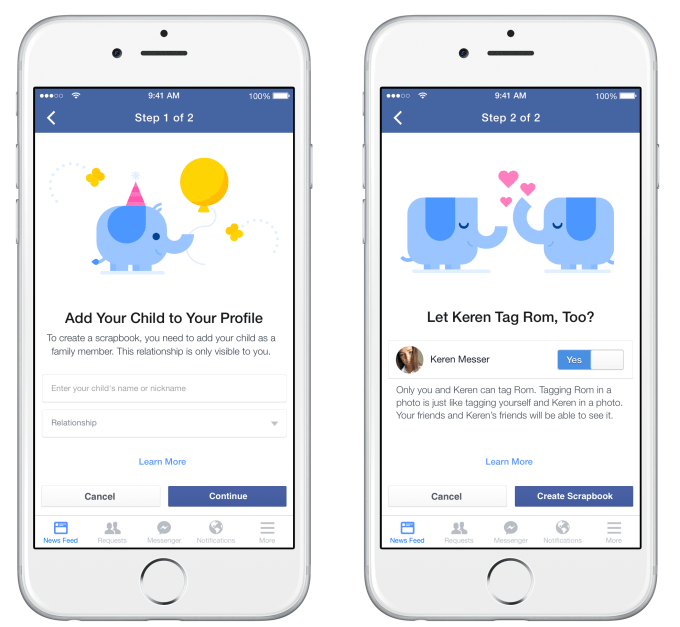

 According to a study Google conducted with researchers at the University of California, Berkeley, 5 percent of people visiting Google’s sites and services now have at least one ad injector installed.
According to a study Google conducted with researchers at the University of California, Berkeley, 5 percent of people visiting Google’s sites and services now have at least one ad injector installed.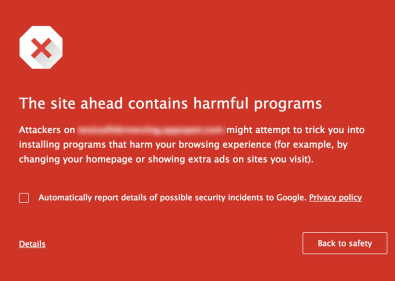 Given that these kinds of ad injectors are often bundles with legitimate software — and desktop developers and download sites often see them as a relatively easy way to make a bit of extra money with their installers and download wrappers — it’s easy enough to install one of them inadvertently.
Given that these kinds of ad injectors are often bundles with legitimate software — and desktop developers and download sites often see them as a relatively easy way to make a bit of extra money with their installers and download wrappers — it’s easy enough to install one of them inadvertently. On February 3, 2011, a little over two years before Edward Snowden would board his plane to Hong Kong and change history, a 37-year-old man named Jason Cornish fired what may have been the first shot one of the new fronts in the battle for enterprise security.
On February 3, 2011, a little over two years before Edward Snowden would board his plane to Hong Kong and change history, a 37-year-old man named Jason Cornish fired what may have been the first shot one of the new fronts in the battle for enterprise security. Microsoft made good on its promise to add mobile device management (MDM) to its Office 365 productivity service, making the feature generally available today to commercial customers. Microsoft has added, in English, the ability for large companies to manage Office on the phones of their employees, regardless of whether the handset in use is a personal or corporate device.Mobile device management is a heated space inside the enterprise market. MobileIron, a company that offers MDM along with other related services, recently went public. Another market participant, Good Technology, filed to go public, shelved its offering, and now appears ready to take another crack at flotation.
Microsoft made good on its promise to add mobile device management (MDM) to its Office 365 productivity service, making the feature generally available today to commercial customers. Microsoft has added, in English, the ability for large companies to manage Office on the phones of their employees, regardless of whether the handset in use is a personal or corporate device.Mobile device management is a heated space inside the enterprise market. MobileIron, a company that offers MDM along with other related services, recently went public. Another market participant, Good Technology, filed to go public, shelved its offering, and now appears ready to take another crack at flotation.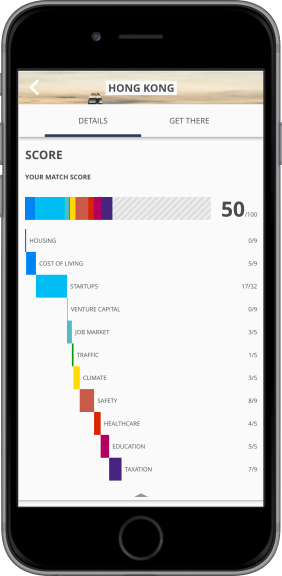 It’s a big hairy vision — knowledge-workers freely migrate around the globe, and city and federal governments compete to lure them.
It’s a big hairy vision — knowledge-workers freely migrate around the globe, and city and federal governments compete to lure them.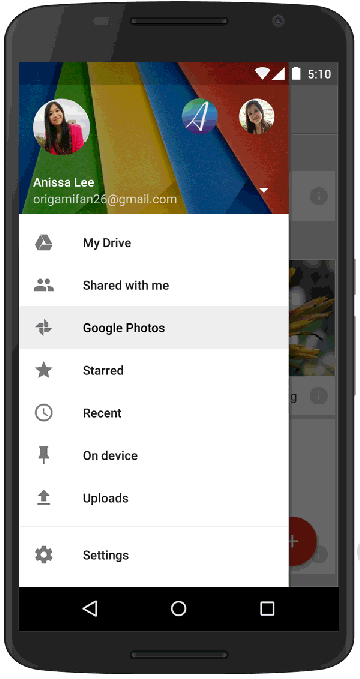 Google has begun showing photos uploaded via Google+ in Google Drive, where they can be managed via a new Google Photos tab, or stored in folders alongside other kinds of files easily. The inclusion of Photos and Videos in Drive is one sign that Google is moving to part out the Google+ social network into its key components, and is good news for mobile photographers.
Google has begun showing photos uploaded via Google+ in Google Drive, where they can be managed via a new Google Photos tab, or stored in folders alongside other kinds of files easily. The inclusion of Photos and Videos in Drive is one sign that Google is moving to part out the Google+ social network into its key components, and is good news for mobile photographers.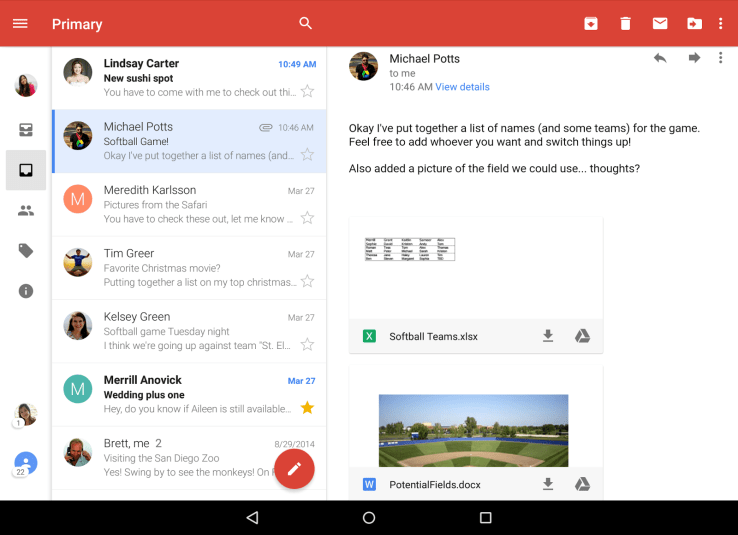 Google updated its Gmail app for Android today, and the most important feature is probably the addition of a unified inbox. Most of us probably manage multiple accounts and until now, you had to awkwardly switch between them in the Gmail app. To get started with this new unified inbox, you simply switch to the “All Inboxes” option in the app and you’re done.
Google updated its Gmail app for Android today, and the most important feature is probably the addition of a unified inbox. Most of us probably manage multiple accounts and until now, you had to awkwardly switch between them in the Gmail app. To get started with this new unified inbox, you simply switch to the “All Inboxes” option in the app and you’re done.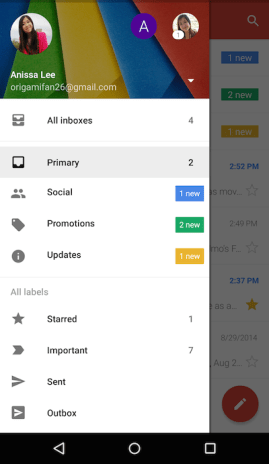
 Phhhoto, perhaps the only social network to have first launched as a physical party product aimed at the enterprise, has topped 1 million registered users over the course of the past nine months. Users have posted upwards of 10 million Phhhotos to the platform.
Phhhoto, perhaps the only social network to have first launched as a physical party product aimed at the enterprise, has topped 1 million registered users over the course of the past nine months. Users have posted upwards of 10 million Phhhotos to the platform. For a year, the Phhhoto team built out Phhhoto Pro to offer at parties and different events for a negotiable fee, while secretly working on an app that consumers could use whenever they want from their own device.
For a year, the Phhhoto team built out Phhhoto Pro to offer at parties and different events for a negotiable fee, while secretly working on an app that consumers could use whenever they want from their own device.


 Perhaps the Event subscribe button will win back some trust from bands after Facebook’s rocky past supporting musicians.
Perhaps the Event subscribe button will win back some trust from bands after Facebook’s rocky past supporting musicians. It’s almost April and Hardware Alley, our annual celebration of all things hardware, is nearly full. You need to sign up ASAP and let me know you’re coming because I want to see you and your bright, shining, robotic amazingness on our show floor.
It’s almost April and Hardware Alley, our annual celebration of all things hardware, is nearly full. You need to sign up ASAP and let me know you’re coming because I want to see you and your bright, shining, robotic amazingness on our show floor. Editor’s note: Kevin Spain is a general partner at Emergence Capital.
Editor’s note: Kevin Spain is a general partner at Emergence Capital.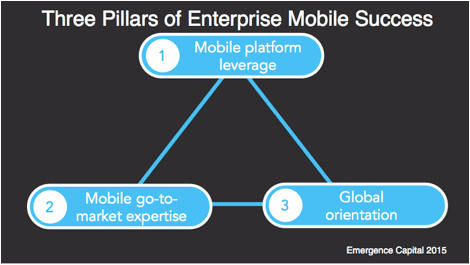
 Microsoft wasn’t kidding when it promised to ship Windows 10 builds more quickly. Today, less than two weeks after its last iteration, the company has kicked out a new build that contains an important new feature: Project Spartan.
Microsoft wasn’t kidding when it promised to ship Windows 10 builds more quickly. Today, less than two weeks after its last iteration, the company has kicked out a new build that contains an important new feature: Project Spartan.